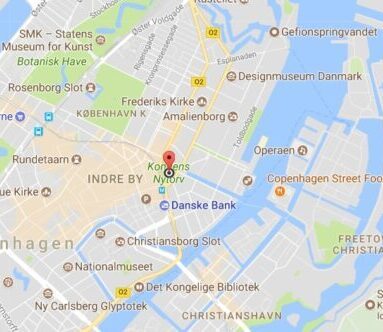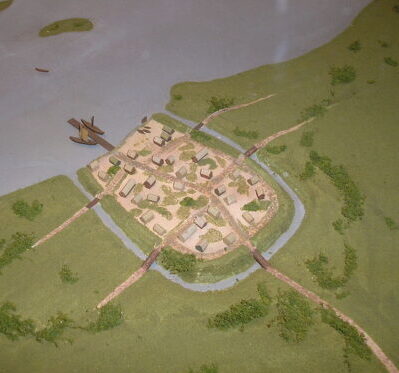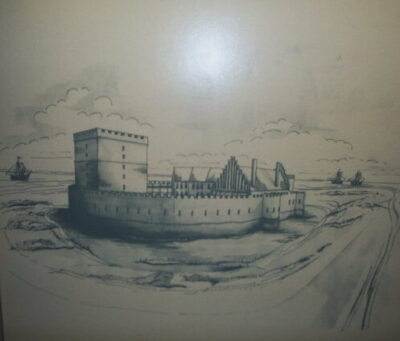Birth


Situated on the west coast of ’Øresund’, the 118 km strait that separates Denmark from Sweden, modern day Copenhagen was nothing more than salty marshes & small islets that acted as berths for people we now identify as Vikings up until the 900’s. Evidence of small fishing settlements on the site of Kongens Nytorv and Gammel Strand, go back to the 700’s. The natural harbors on these locations were easily navigable and the strait provided an abundance of fish, especially herring.



In the 1040’s the first mention of a town, named Havn (merchant port) is recorded in an Icelandic Saga (knýtlinga saga) which refers to the story of the two contestants for the Danish throne at the time. The unearthed evidence of a proper settlement show a greater density after that point in history.


What actually put the small fishing village on the map was a decision made in 1157 by Valdemar den Store (the Great) who had just managed to establish himself as the sole ruler of Denmark. The young king gave Havn along with its surrounding villages to his trusted foster brother Absalon, who a year later with the king’s help once again, became the Bishop of Roskilde, the most important city of the Danish Kingdom at the time.



Valdemar the Great reorganized his kingdom that had just exited a ten-year civil strife. Absalon acted as his chief adviser and general. Most importantly he took over the royal campaign against the pirates who were ravaging the Danish coastline without opposition due to the ongoing civil war. In order to carry out and assist the campaign he started building a defensive castle around the town of Havn in 1167. The foundation of the castle was in essence the foundation of a new city that would later be known as Copenhagen.




